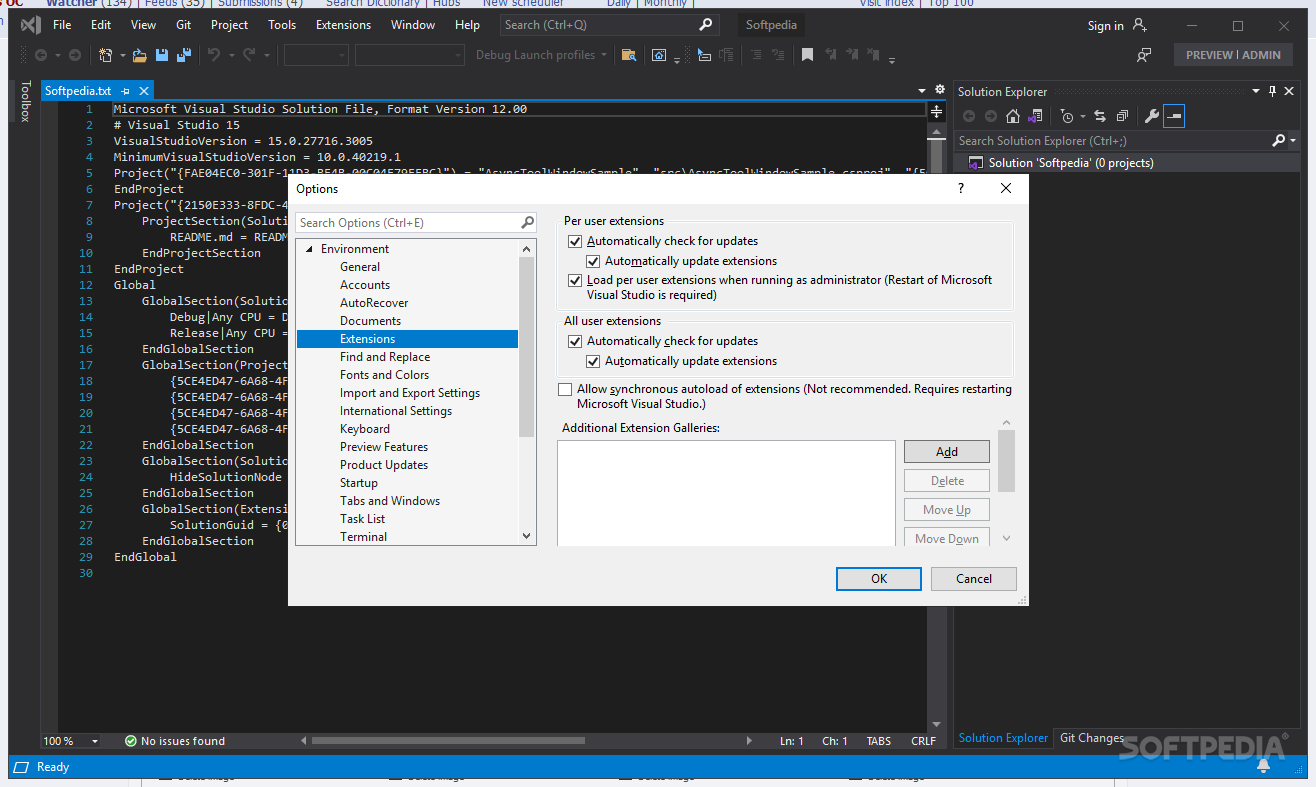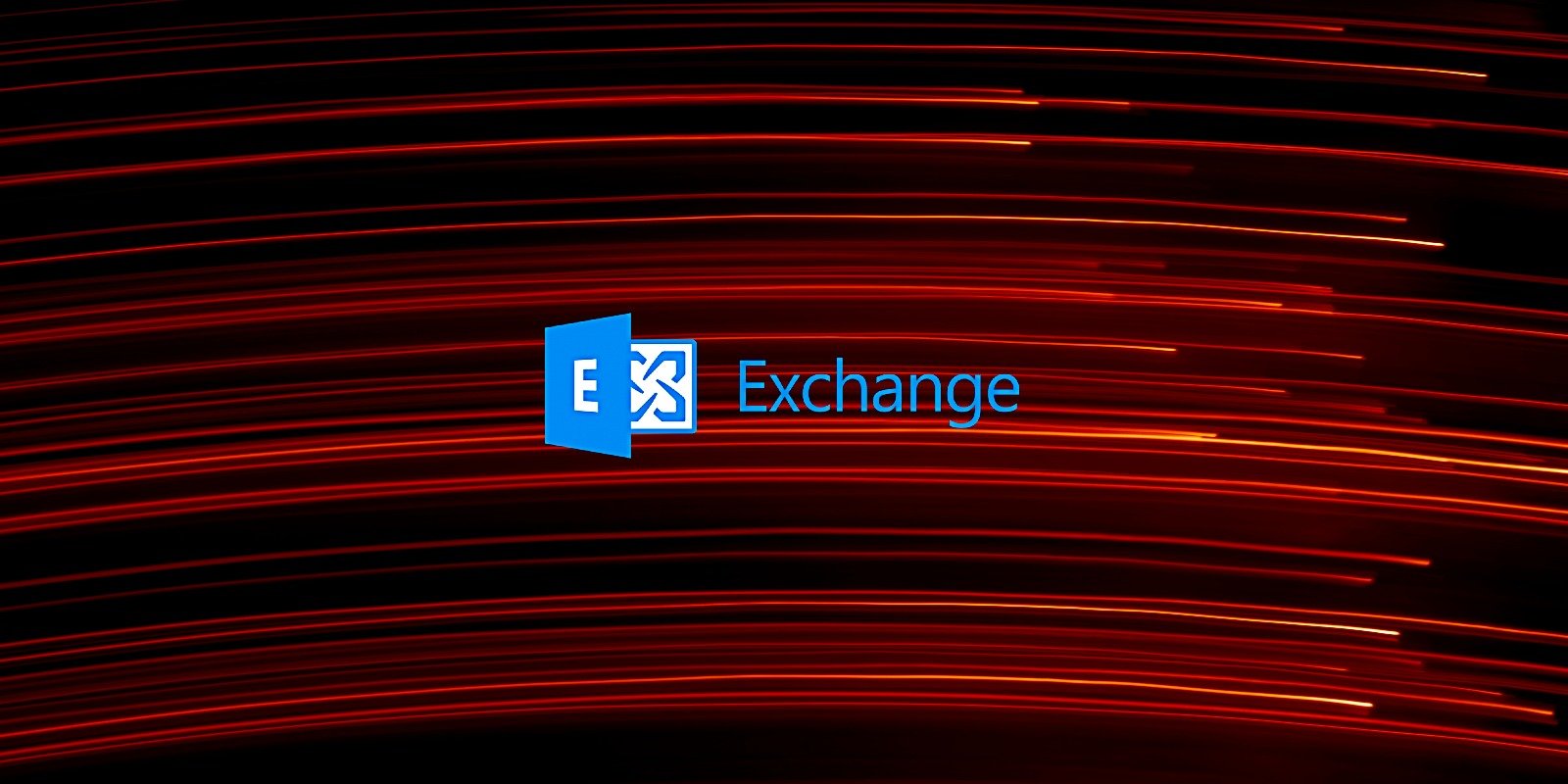

- #MICROSOFT EXCHANGE CLIENT FOR WINDOWS INSTALL#
- #MICROSOFT EXCHANGE CLIENT FOR WINDOWS 64 BIT#
- #MICROSOFT EXCHANGE CLIENT FOR WINDOWS SOFTWARE#
Select Mailbox role and Client Access role.

We are now in the process of installing Exchange using its official installer. setup /PrepareSchema /IAcceptExchangeServerLicenseTermsĪfter that has finished, open the setup. Then, prepare the Active Directory Schema. Replace Name with the name of your tup /Preparead /IAcceptExchangeServerLicenseTerms /OrganizationName:”Name” Next, prepare Active Directory using the following command. Open PowerShell and navigate to the directory where you have extracted the files: We need to prepare Active Directory for the Exchange 2013 install. You can download an evaluation from the TechNet Evaluation Center here.Īfter the download has completed, run the. You can find more about licensing on Microsoft’s website.
#MICROSOFT EXCHANGE CLIENT FOR WINDOWS INSTALL#
Naturally, we’ll need installation media to install Exchange.
#MICROSOFT EXCHANGE CLIENT FOR WINDOWS SOFTWARE#
Microsoft Office 2010 Filter Pack SP1 64 bitīe sure to install the software in this order.
#MICROSOFT EXCHANGE CLIENT FOR WINDOWS 64 BIT#
Microsoft Office 2010 Filter Pack 64 bit. Microsoft Unified Communications Managed API 4.0, Core Runtime 64-bit. If you want to download directly to the server, but Internet Explorer is giving annoying error messages, disable Internet Explorer Enhanced Security Configuration. Open PowerShell and execute: Install-WindowsFeature AS-HTTP-Activation, Desktop-Experience, NET-Framework-45-Features, RPC-over-HTTP-proxy, RSAT-Clustering, RSAT-Clustering-CmdInterface, RSAT-Clustering-Mgmt, RSAT-Clustering-PowerShell, Web-Mgmt-Console, WAS-Process-Model, Web-Asp-Net45, Web-Basic-Auth, Web-Client-Auth, Web-Digest-Auth, Web-Dir-Browsing, Web-Dyn-Compression, Web-Http-Errors, Web-Http-Logging, Web-Http-Redirect, Web-Http-Tracing, Web-ISAPI-Ext, Web-ISAPI-Filter, Web-Lgcy-Mgmt-Console, Web-Metabase, Web-Mgmt-Console, Web-Mgmt-Service, Web-Net-Ext45, Web-Request-Monitor, Web-Server, Web-Stat-Compression, Web-Static-Content, Web-Windows-Auth, Web-WMI, Windows-Identity-Foundation, RSAT-ADDS We need some software installed that Exchange requires in order to begin. We will be installing both the Mailbox and Client Access Role. If you do not have Active Directory installed yet, please do this so we can begin installing Exchange – it will not function properly without a domain. In this guide, we’ll be setting up Exchange 2013 on a new Server 2012 installation with Active Directory already installed. Naturally, Exchange runs only on Windows (Server). It is very popular amongst both small and bigger businesses alike. Exchange is groupware written by Microsoft.






 0 kommentar(er)
0 kommentar(er)
